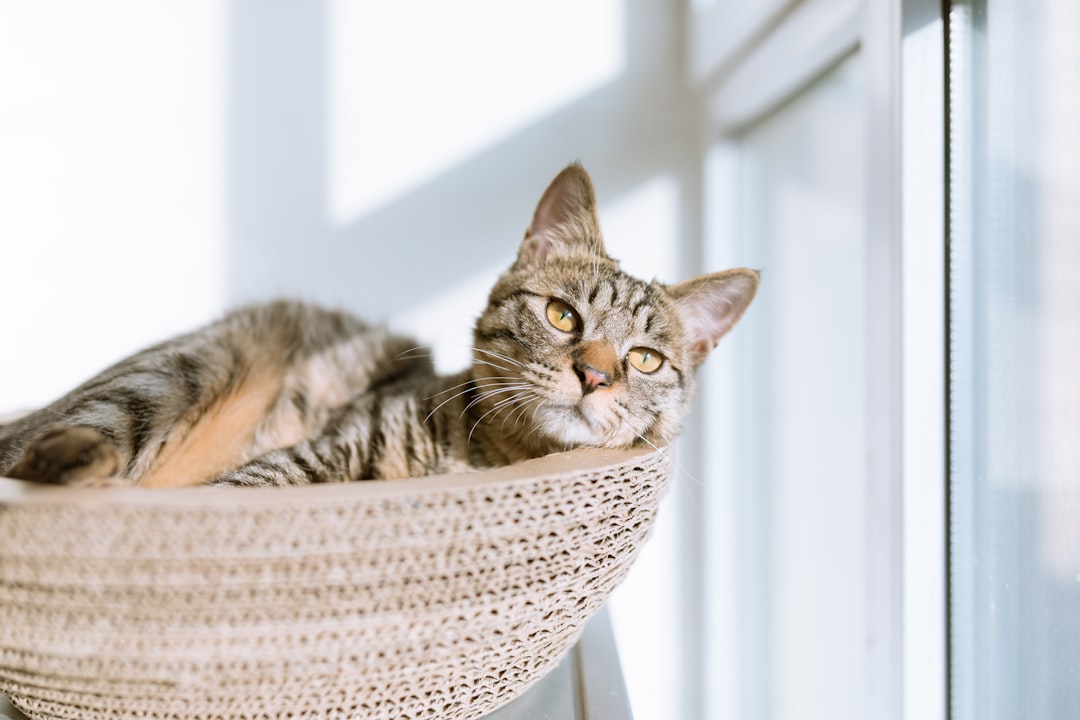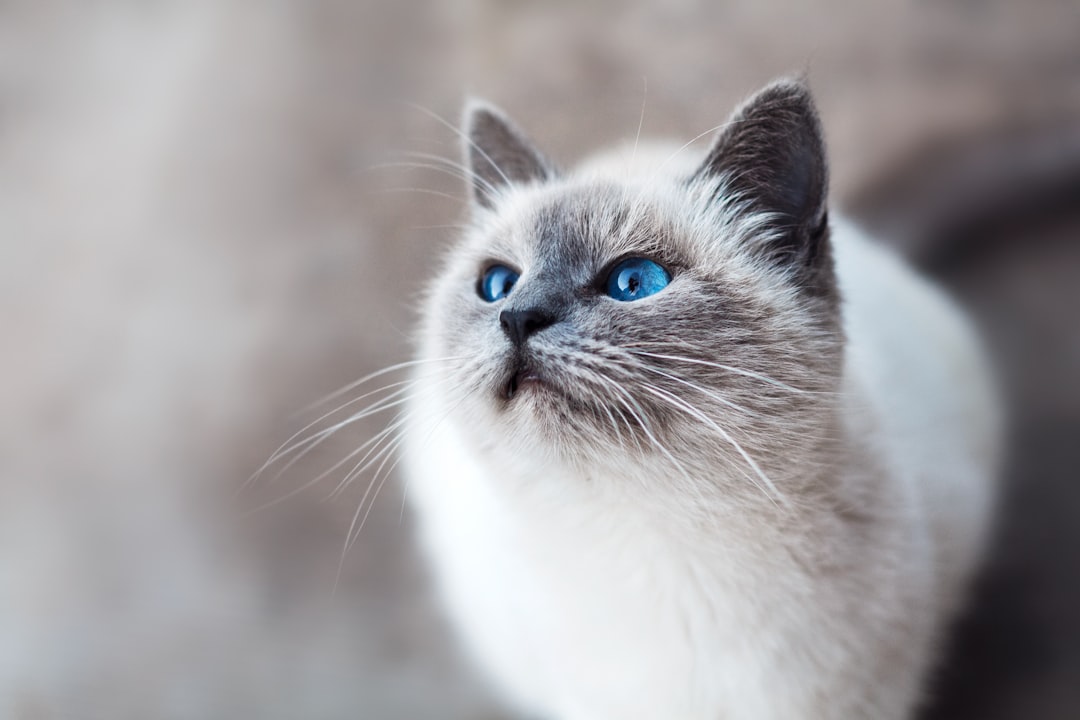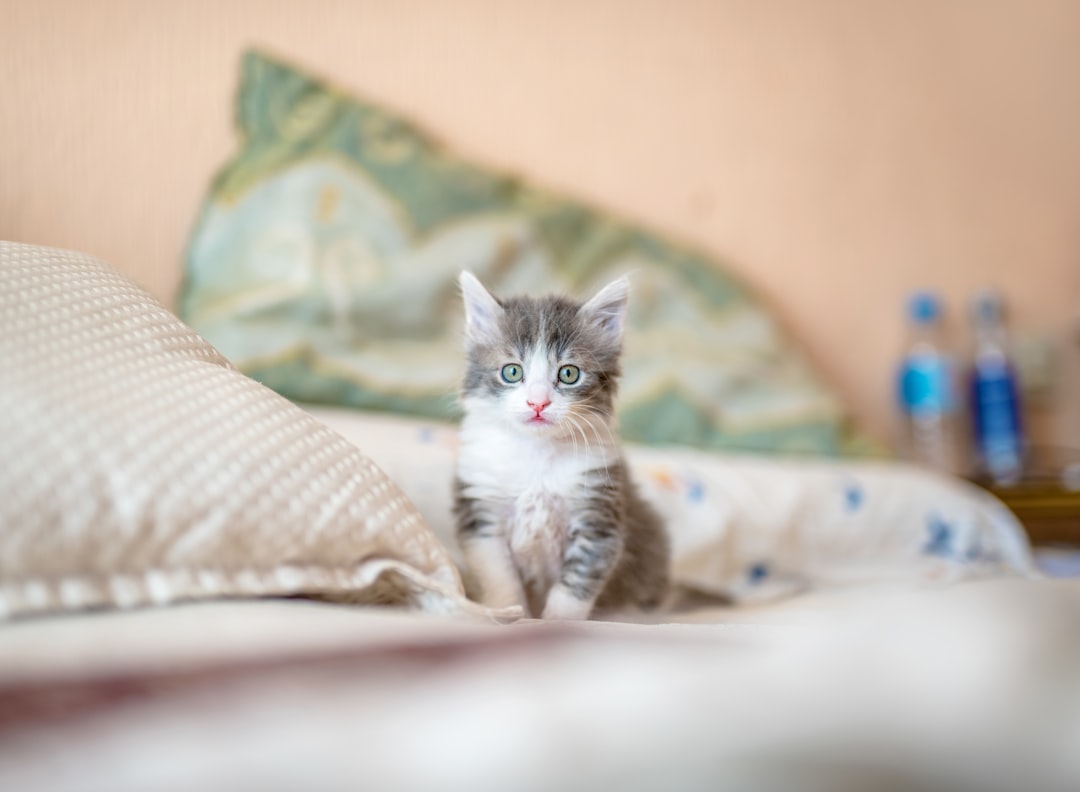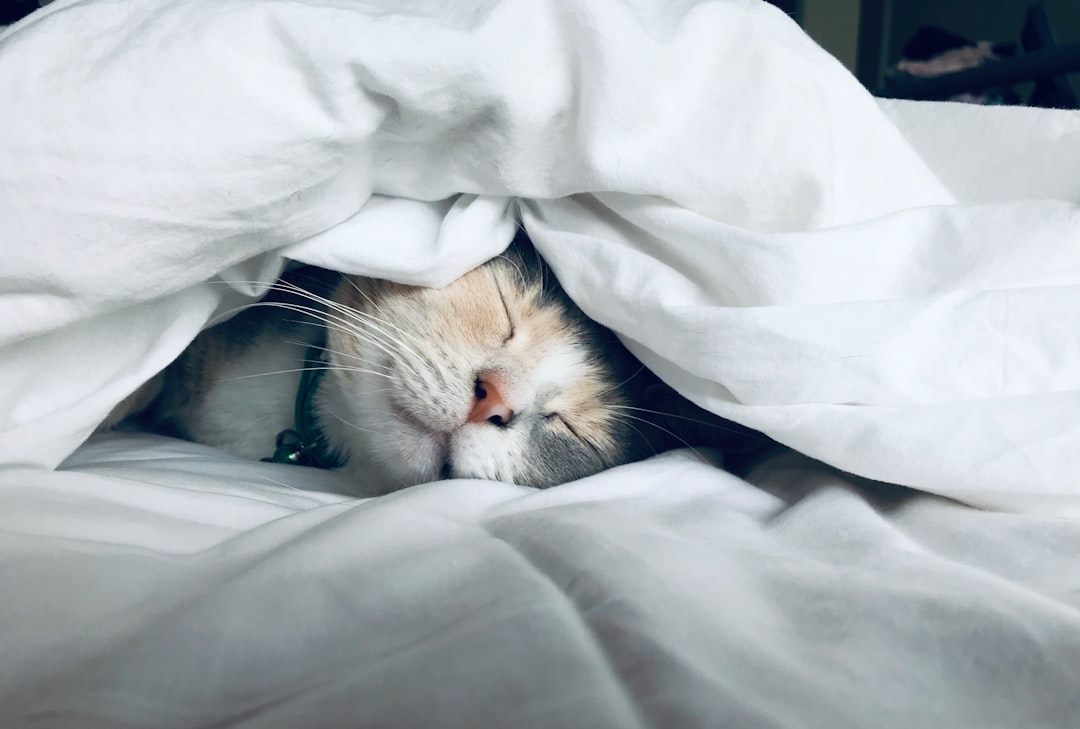Finding the right cat brush can significantly impact your feline friend’s grooming routine. Different cat breeds have unique coat types that require specific care, which is essential for their overall health and well-being. Regular grooming not only helps reduce shedding and matting but also creates a stronger bond between you and your pet. In this guide, you will discover the benefits of grooming, essential features to consider when selecting a brush, and tailored tips for both long-haired and short-haired breeds to ensure a positive experience for your cat.
Understanding Different Cat Coat Types
When selecting a cat brush, understanding your cat’s coat type is essential for effective grooming. Different breeds have unique fur characteristics that dictate the grooming tools you’ll need. Here’s a breakdown of the main coat types:
Short-Haired Cats
- Require less frequent grooming.
- A slicker brush or rubber brush works well to remove loose hair and dander.
- Examples: Domestic Shorthair, Siamese.
Medium-Haired Cats
- Need regular grooming to prevent tangles.
- Ideal tools include a cat brush with both wide and narrow bristles for versatility.
- Examples: Burmese, American Shorthair.
Long-Haired Cats
- Demand more attention to avoid matting.
- Use a wide-toothed comb followed by a slicker brush.
- Examples: Persian, Maine Coon.
By matching your cat brush to your cat’s coat type, you’ll not only make grooming easier but also enhance your cat’s health and comfort. Understanding these differences ensures a smoother grooming process and a happier pet.

Benefits of Regular Grooming
Regular grooming with a suitable cat brush offers numerous advantages for both you and your feline friend. Here’s why incorporating grooming into your cat’s routine is beneficial:
- Reducing Shedding: Regular brushing helps minimize loose fur around your home, making it easier to maintain a clean living space.
- Preventing Mats: For long-haired breeds, consistent grooming prevents mats and tangles, which can lead to discomfort for your cat.
- Enhancing Bonding: Grooming time creates a special bonding experience between you and your cat, building trust and affection.
- Spotting Health Issues: Grooming allows you to observe your cat’s skin condition; early detection of lumps or irritations can lead to timely veterinary care.
- Stimulating Circulation: Brushing aids in stimulating your cat’s skin and promoting healthy blood circulation, which supports overall wellness.
In summary, utilizing a cat brush not only keeps your cat looking their best but also fosters good health and a strong bond between you and your pet.
Essential Features to Look for in a Cat Brush
Selecting the right cat brush can enhance your grooming experience and ensure your feline friend remains comfortable. Here are key features to consider:
Bristle Type: Choose between soft bristles for sensitive skin or firm bristles for removing loose hair from thick coats.
Size and Shape: Pick a brush that fits well in your hand and suits your cat’s size. A smaller brush can be ideal for kittens or small breeds, while larger brushes work better for bigger cats.
Ease of Cleaning: Opt for brushes with removable bristles or simple designs that allow for easy hair removal, saving you time and effort.
Ergonomic Handle: Look for an ergonomically designed handle that provides a comfortable grip, especially during longer grooming sessions.
Dual-Sided Options: Consider a cat brush with two sides, offering different bristle types for various grooming needs.
By focusing on these essential features, you’ll choose the perfect cat brush for your beloved pet, making grooming a more enjoyable experience for both of you.
Brush Types and Their Specific Uses
When selecting the perfect cat brush, it’s crucial to understand the different types available, as each serves a unique purpose. Here’s a breakdown of common brush types and their specific uses:
Slicker Brushes:
- Ideal for removing loose fur and mats, especially in long-haired breeds.
- Features fine, bent wires that effectively detangle fur.
Bristle Brushes:
- Best for short-haired cats.
- Helps distribute natural oils, promoting a healthy and shiny coat.
Rubber Brushes:
- Excellent for gentle grooming and massaging your cat’s skin.
- Great for removing loose fur during bath time.
Undercoat Rakes:
- Specifically designed to reach deep into the undercoat.
- Perfect for heavy-shedding breeds like Persians.
Deshedding Tools:
- Minimize shedding significantly by targeting undercoat shedding.
- Recommended for cats like Maine Coons that have dense fur.
Choosing the right cat brush tailored to your cat’s coat type not only enhances grooming efficiency but also ensures a comfortable experience for your furry companion. Remember, regular grooming with the correct tool fosters a happy and healthy relationship between you and your pet!

Grooming Tips for Long-Haired Cat Breeds
Long-haired cats, with their luxurious coats, require special attention when it comes to grooming. Regular grooming not only maintains their beautiful fur but also contributes to their overall health. Here are some effective grooming tips to keep those tresses in top shape:
Brush Daily: Use a quality cat brush designed for long hair. Daily brushing prevents tangles and mats, which can be painful for your cat.
Choose the Right Tools: Consider these types of brushes:
- Slicker Brushes: Perfect for detangling and removing loose fur.
- Wide-Tooth Comb: Ideal for gently working through any stubborn knots.
Be Gentle: Always use a gentle touch while brushing. This helps avoid discomfort and encourages your cat to enjoy the grooming process.
Focus on Problem Areas: Pay extra attention to areas prone to matting, like behind the ears and under the legs.
Reward Your Cat: After each grooming session, reward your kitty with a treat or extra playtime. This reinforces the positive experience of being groomed.
By following these tips and using the right cat brush, you can keep your long-haired feline looking and feeling fabulous!
Grooming Tips for Short-Haired Cat Breeds
Grooming short-haired cats might seem straightforward, but it still requires attention and care. Here are some effective tips to maintain your feline’s coat health:
Choose the Right Cat Brush: Opt for a simple bristle brush or a grooming mitt. Both are effective at removing loose hair and dirt.
Groom Regularly: Aim for grooming sessions once a week. This helps to minimize shedding and keeps the coat shiny.
Focus on Problem Areas: Pay extra attention to sensitive spots like the belly and hindquarters, where mats can form.
Use Gentle Techniques: Start brushing gently to avoid causing any discomfort. Always brush in the direction of hair growth.
Monitor Skin Health: Check for any signs of irritation or parasites during grooming. A healthy coat usually points to good skin health.
With the right cat brush and approach, grooming your short-haired cat can become a pleasant part of both your routines, enhancing your bond while keeping their coat in top condition!
Handling Shedding and Matting
Managing shedding and matting effectively is crucial for keeping your cat comfortable and healthy. Regular use of a suitable cat brush can make a significant difference. Here are some tips to help you tackle these common grooming challenges:
Choose the Right Brush: Use a slicker brush for removing tangles and mats. A dual-sided cat brush is effective for both shedding and detangling.
Establish a Routine: Regular grooming prevents excessive shedding and matting. Aim for at least once a week for short-haired cats and two to three times for long-haired breeds.
Spot Treatment for Mats:
- Gently hold the mat and use a cat brush to work through it from the ends towards the skin.
- If mats are severe, consider using a detangling spray before brushing.
Vacuum Regularly: Mitigate shedding by vacuuming your home frequently, as this helps capture loose fur.
Healthy Diet: Providing a balanced diet supports skin and coat health, reducing excessive shedding.
By following these steps and using the right cat brush, you can keep your feline’s coat smooth and manageable, enhancing overall grooming success.

Creating a Positive Grooming Experience for Your Cat
Grooming can be a pleasurable activity for you and your cat if approached correctly. To enhance this experience, consider the following tips:
- Start Slow: Introduce the cat brush gradually. Allow your cat to sniff it first before you use it.
- Choose the Right Time: Pick a moment when your cat is relaxed, like after a meal or playtime, to prevent stress.
- Use Treats: Reward your cat with treats during and after grooming sessions. This creates a positive association with the cat brush.
- Be Gentle: Begin brushing with light strokes. Pay attention to your cat’s response and adjust the pressure accordingly.
| Technique | Benefit |
|---|---|
| Gradual Introduction | Reduces anxiety |
| Timing of Grooming | Enhances comfort |
| Incorporating Treats | Builds positive associations |
| Gentle Approach | Prevents discomfort and stress |
By implementing these strategies, you make grooming less of a chore and more of a bonding experience. Remember, consistency is key, and a well-handled cat brush will not only keep your feline friend looking great but also feeling relaxed!
Frequently Asked Questions
What type of cat brush is best for long-haired breeds?
For long-haired cat breeds, a slicker brush is often recommended due to its ability to detangle and remove mats effectively. These brushes have fine, short wire bristles that can penetrate deep into the coat, ensuring that the undercoat is maintained properly. Additionally, a wide-toothed comb can be useful to follow up, removing any loose hair and ensuring an overall smooth appearance. Regular grooming with these tools helps prevent painful mats and keeps your long-haired feline looking beautiful.
How often should I brush my cat?
The frequency of brushing your cat depends on its breed and coat type. Long-haired cats should ideally be brushed at least three to four times a week to keep their fur tangle-free and healthy, while short-haired cats typically require brushing once a week. However, during shedding seasons, you may need to increase brushing sessions to manage loose hair effectively. Regular brushing not only reduces shedding but also helps in identifying any skin issues or parasites early on.
Can I use human brushes on my cat?
It is not advisable to use human brushes on cats, as they are specifically designed for human hair and may not be effective or safe for a cat’s unique coat structure. Cat brushes come in various types, such as slicker brushes, bristle brushes, and rubber grooming tools, which cater to their specific grooming needs. Using a brush designed for cats ensures that you are not pulling on their fur or causing discomfort, making the grooming experience more enjoyable for your feline friend.
What are the benefits of regular grooming for my cat?
Regular grooming offers numerous benefits for your cat beyond simply looking good. It helps to reduce shedding by removing loose fur, which can save you from having to clean up hair all over your home. Grooming also promotes healthy skin by stimulating blood circulation and reducing the risk of matting, which can cause pain and skin irritation. Additionally, regular brushing allows for close inspection of your cat’s skin for any signs of health issues, such as lumps, parasites, or irritation, leading to early detection and treatment.



